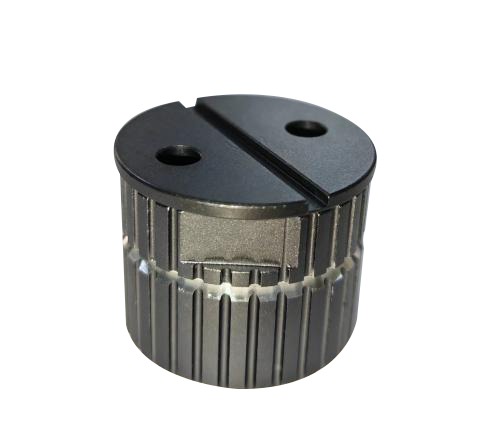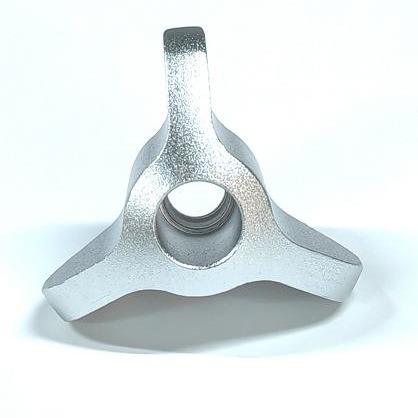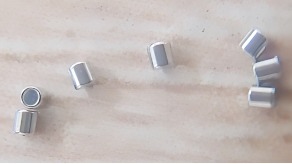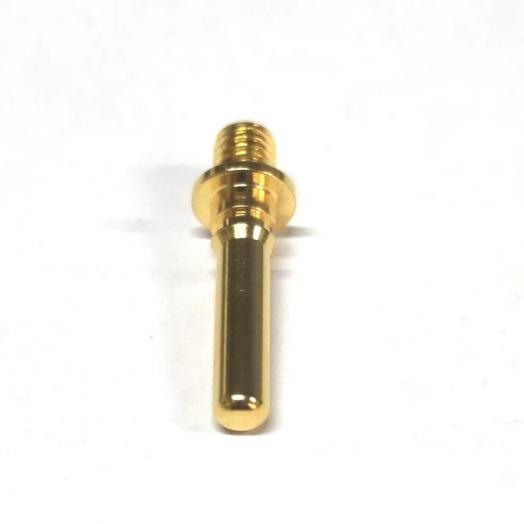What are the Differences Among CNC Turning, CNC Milling, and EDM?
CNC machining is a common method of parts processing, and KENENG is a manufacturer in China that can provide CNC machining service. There are many types of CNC machining, including CNC turning, CNC milling, and EDM. This article will introduce the differences among these types of CNC machining.
What is CNC Turning?
CNC turning is a CNC machining process. Cutting tools (usually non-rotating tools) perform the turning process by moving more or less linearly as the workpiece rotates. In addition to CNC turning, CNCs are commonly used for many other types of machining.
What is CNC Milling?
Milling is a high-efficiency processing method that uses a rotating tool to cut a workpiece. The tool rotates and moves while working (main movement and feed movement are completed at the same time).
Machine tools for milling include horizontal milling machines, vertical milling machines, and gantry milling machines. These machines can be conventional or numerically controlled.
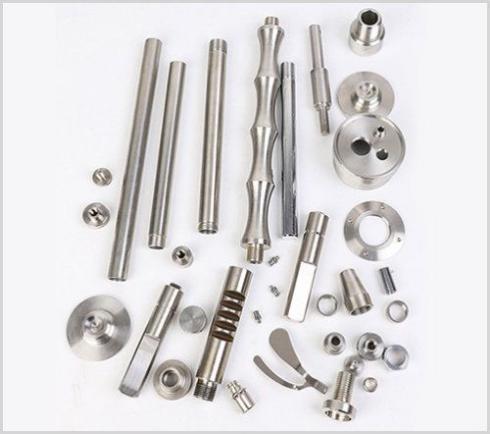
What is the difference between CNC turning and CNC milling?
1. The processing process is different
CNC Milling: The tool rotates at high speed under the drive of the spindle, while the workpiece to be processed is relatively stationary, and the required shape and features are cut out.
CNC Turning: On the lathe, the shape and size of the blank are changed by using the rotary motion of the workpiece and the linear or curved motion of the tool, and processing it to meet the requirements of the drawing.
2. Suitable processed products are different
Milling processing: suitable for processing planes, grooves, various forming surfaces, thin-walled complex curved surfaces, blades, etc.
Turning processing: suitable for processing rotary surfaces, most workpieces with rotary surfaces can be processed by turning methods, such as inner and outer cylindrical surfaces, inner and outer conical surfaces, etc.
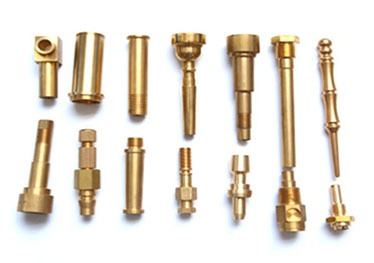
What is EDM?
EDM is the use of continuously moving thin metal wires, that is, electrode wires, to perform pulsed spark discharge on workpieces to remove metal and cut them into shapes.
What are the characteristics of EDM?
1. The energy density of the pulse discharge is high, not affected by the hardness of the material, not affected by the heat treatment condition, and can process any conductive material with high strength, high hardness, high toughness, and high brittleness.
2. The duration of pulse discharge is extremely short, the heat conduction and diffusion range generated during discharge is small, and the material is affected by heat in a small range.
3. During the discharge process, part of the energy is consumed on the tool electrode, resulting in electrode loss and affecting the forming accuracy.
4. The object of EDM must be conductive material, such as various conductive metals. This is also the limitation of EDM.
What is the difference between EDM and general machining?
1. The tool and the workpiece are not in contact during EDM, but rely on the continuous pulsed spark discharge between the tool and the workpiece, and use the local and instantaneous high temperature generated during the discharge to gradually erode the metal material.
2. Production efficiency is lower than that of general machining.
The above describes CNC turning, CNC milling, EDM, and the differences between them.
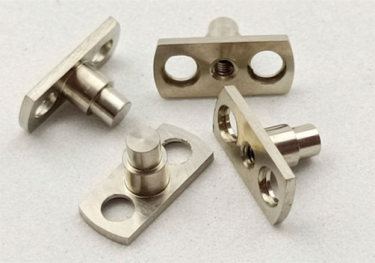
KENENG can produce fasteners, springs, and other products processed by CNC, and can also produce parts according to customers’ drawings. Generally speaking, we are a manufacturer that can process CNC parts in batches according to specific needs. We have many years of experience in this industry and we also have many well-known partners. Hope you can contact us if you have CNC machining needs, we can provide you with cost-effective services and high-quality products.

